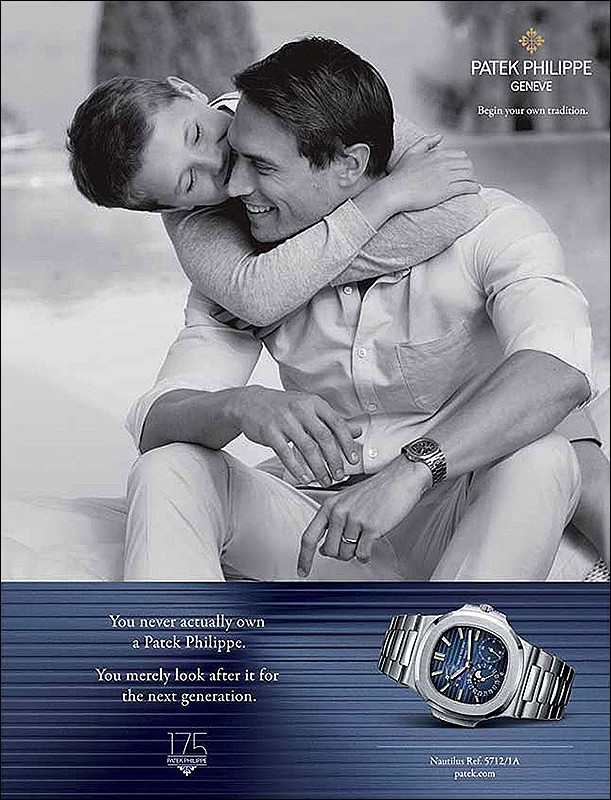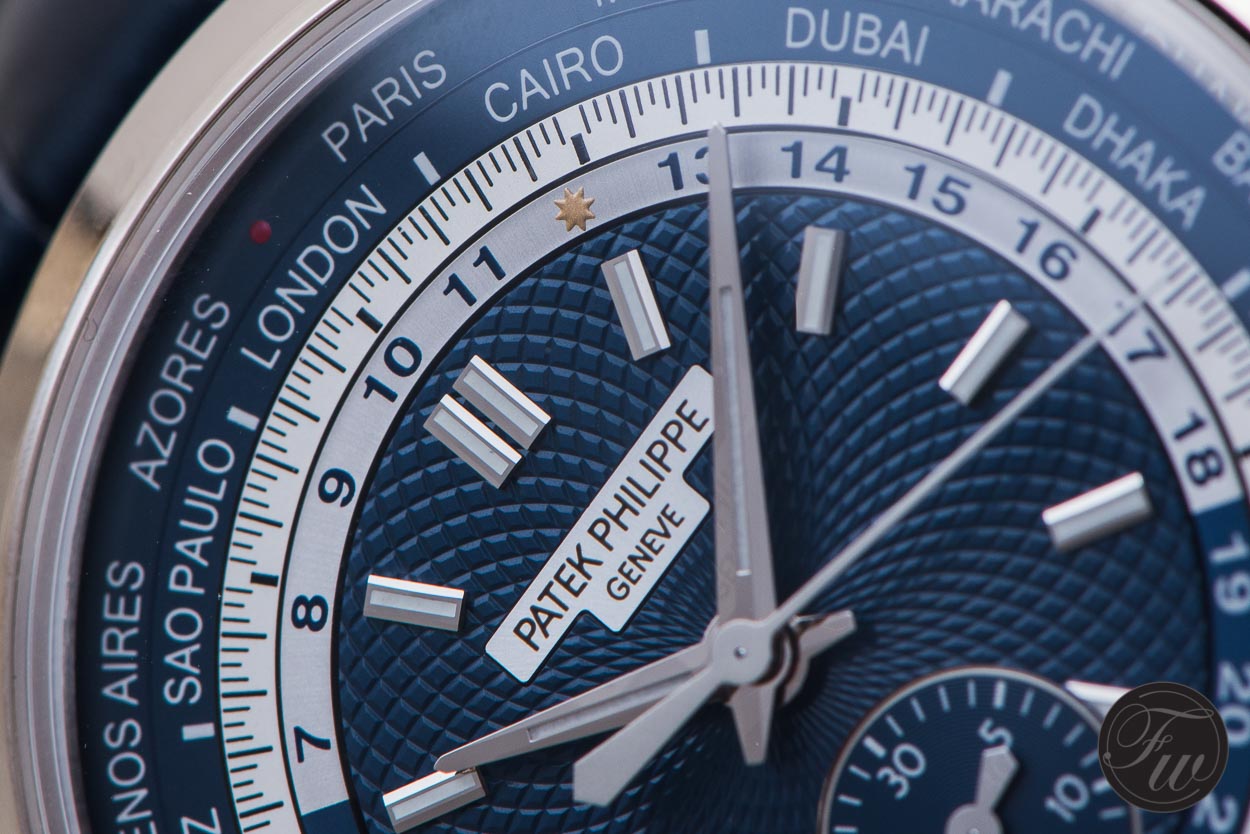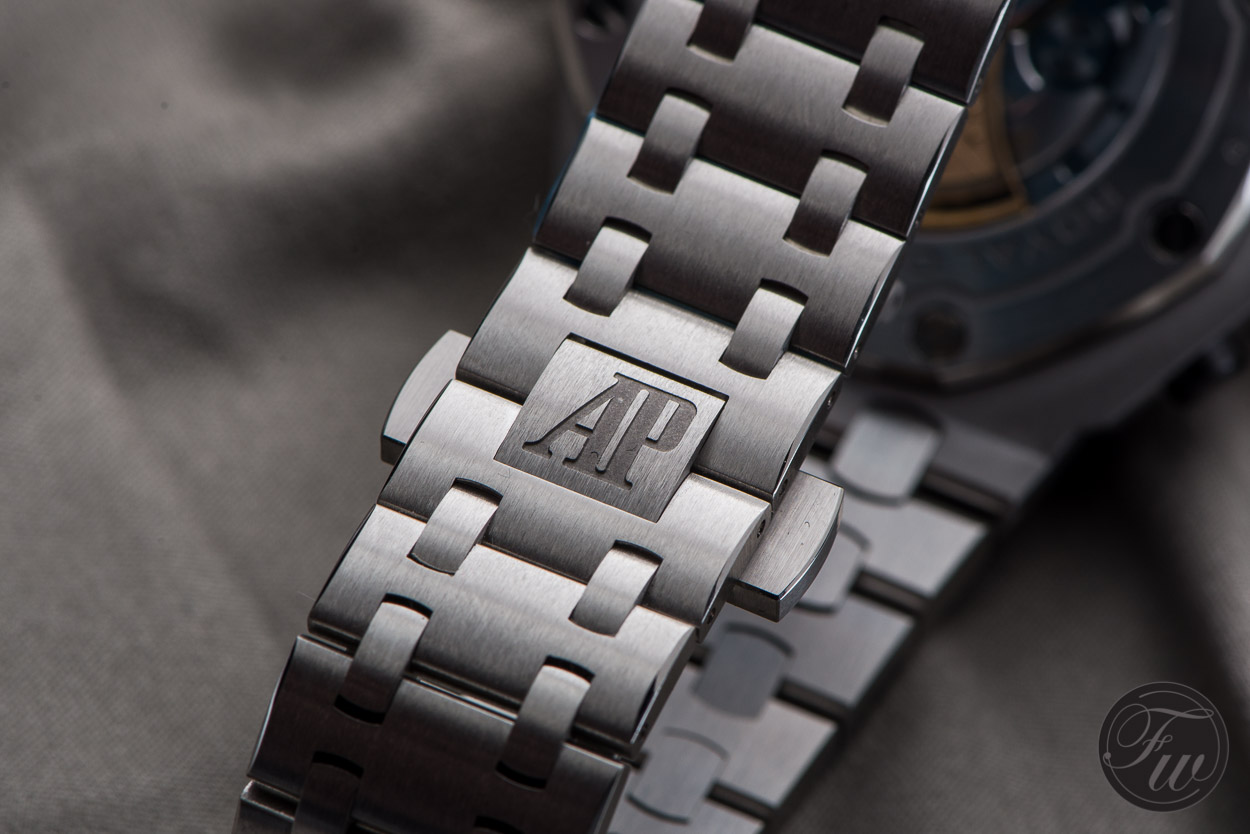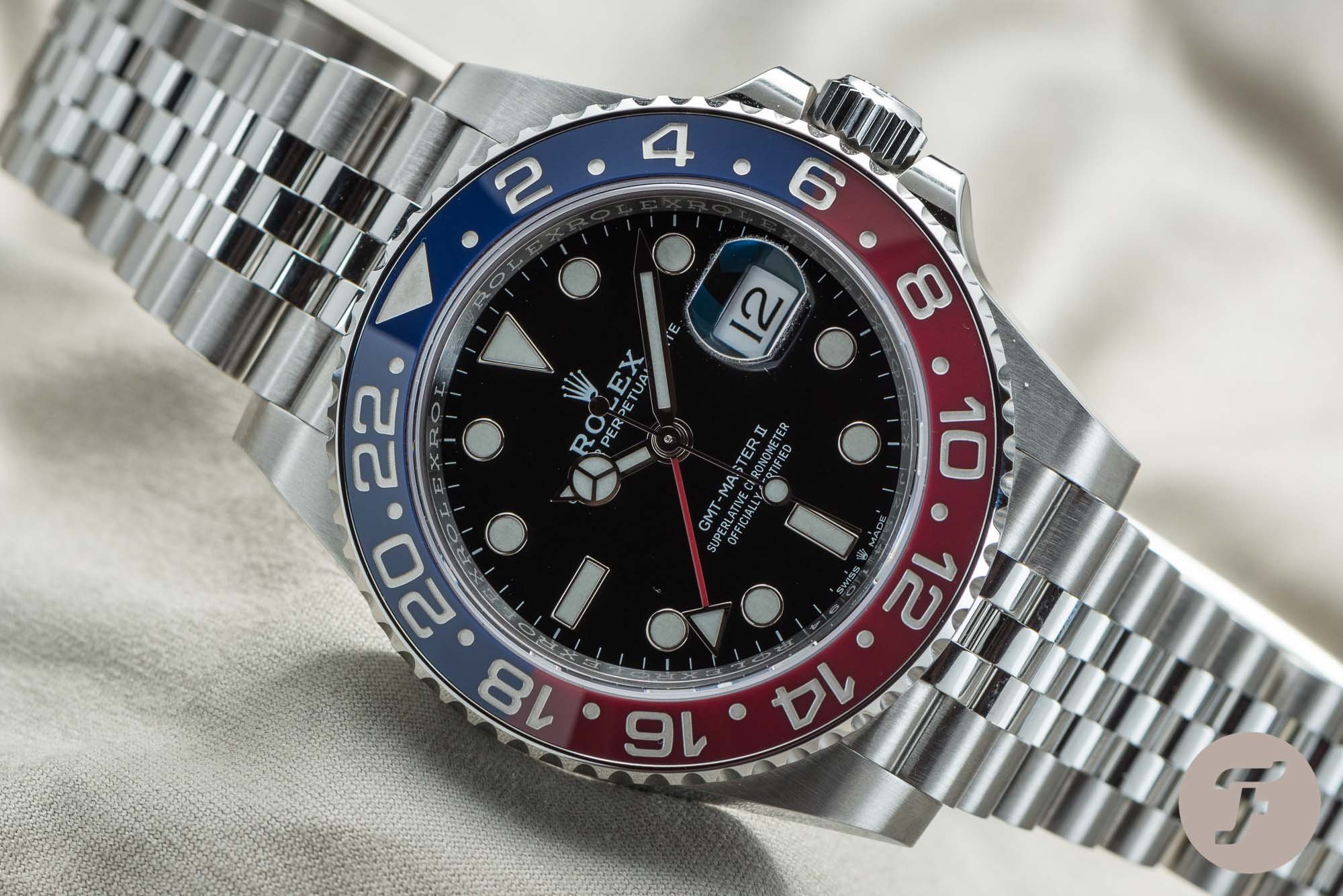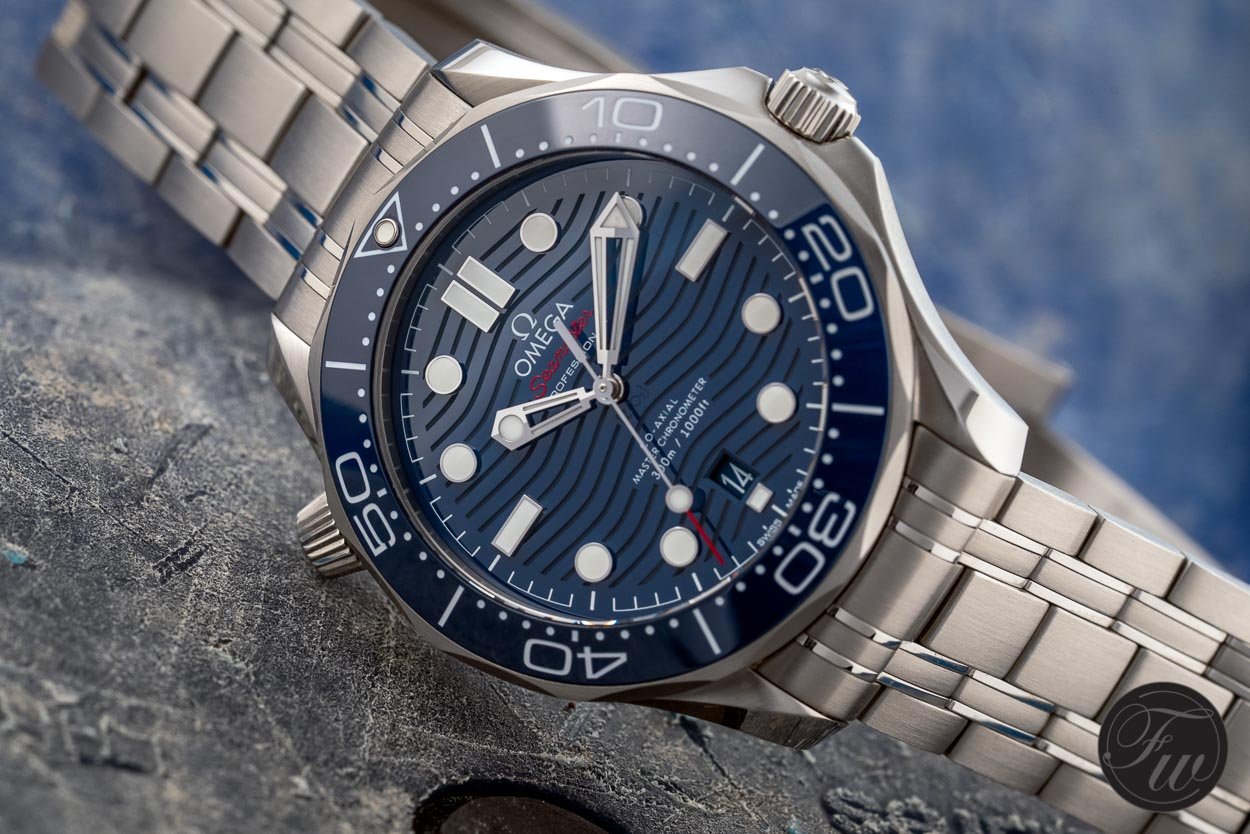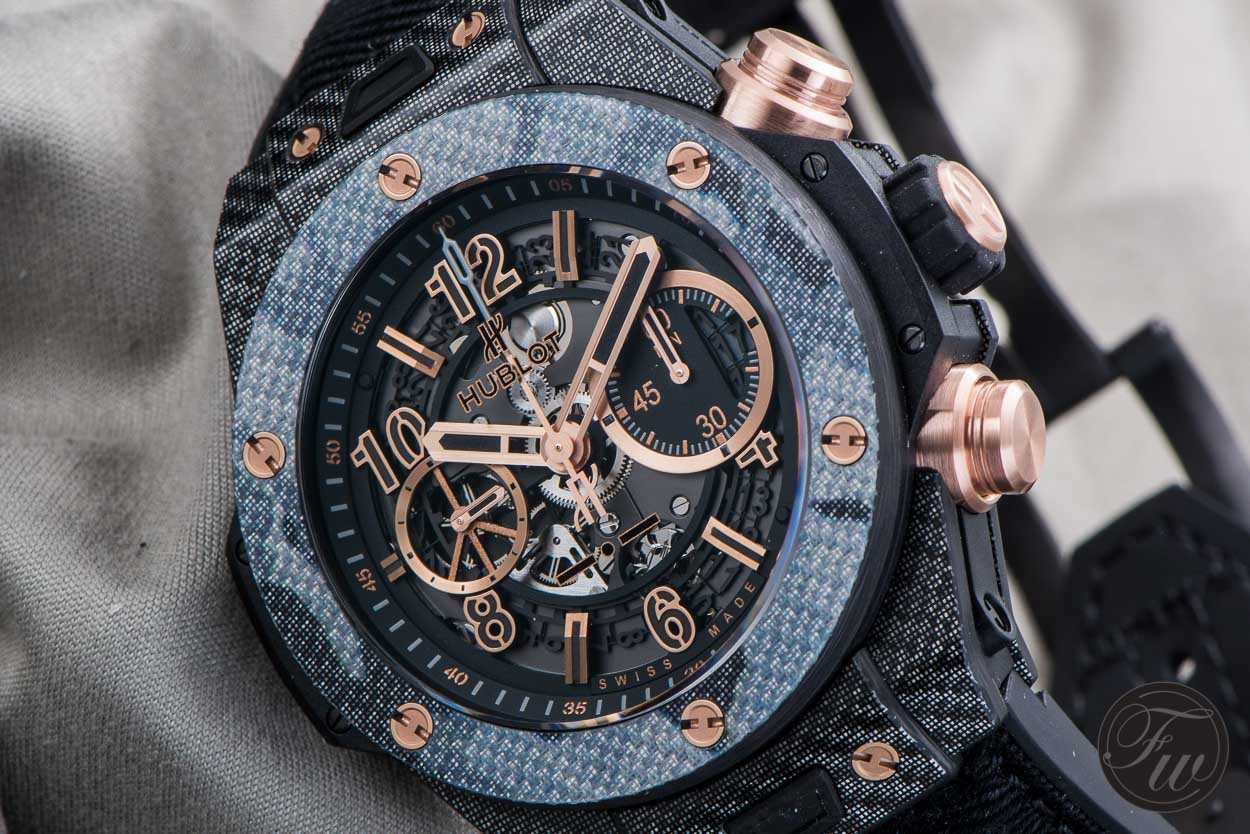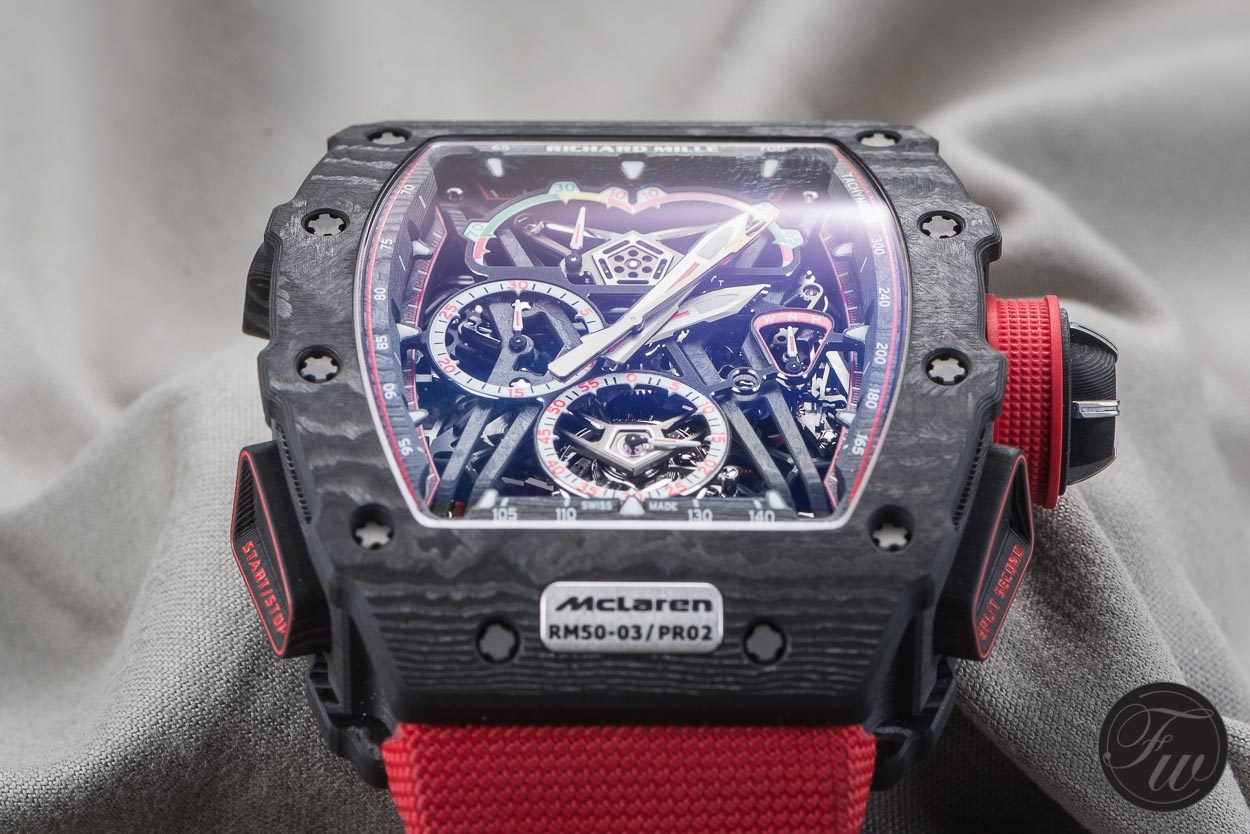Can (Classic) Watch Brands Find Future Consumers?
What would you buy if you would not be considering a Rolex, Omega, Patek Phillippe or Audemars Piguet? It’s a question that watch lovers all around the world know how to answer.
They know there is more out there and they have preferences based on overall brand appeal, history, looks, reliability and technical innovation. But as long as I have been interested in watches and have had many great conversations on a whole variety of topics, the industry leaders keep logically popping up as references. It has always triggered the question I have on how a great number of watch brands that are not amongst the commonly mentioned ones, think they are able to stay relevant. Especially in a quickly changing consumer world, creating an exciting brand with great products for a younger audience. Somehow my instincts tell me that a significant number of very well respected brands will get into trouble in the not too distant future. Let me try and explain why.
The reason that this issue keeps coming back is because of my professional background. I have been working as a strategic brand developer for a design agency for over ten years and in these last ten years, there have been major changes in the way people consume and therefore brands have had to adjust drastically. The changes have led to the constant question of how brands should adjust to the constant development of a digital world and especially on how to build continued relevance to attract young consumers within that world? The question of how to find a younger audience is relevant to every generation and brands have been doing so successfully. But the question of how to adapt to a changing world where finding a new audience is a struggle, I see daily. If the watch brands do not adapt to the digital world quickly and find a younger audience, they will have big difficulties finding their future potential buyers. And to be honest, I hate seeing that happen. There are too many great brands with incredible products that could be in danger if they do not adapt to these changes. And I know brands are aware of that, but why do I often see the same advertising as twenty years ago only translated into a digital format? It does not have a clear message, lacks in originality and it does in no way adapt to the possibilities of the digital world and the ever-changing wants and needs of the current consumers and what they search for in a brand. And that is worrying…at least I would think so.
“…why do I often see the same advertising as twenty years ago only translated into a digital format?”
The cultural significance of the mechanical watch
Let’s start off with the biggest change the watch industry has faced since the digital revolution and that’s the question what the relevance of a mechanical watch is in today’s world? The naive answer would be to keep track of time. We all know that for most people the time is available on their phones and computers so the intrinsic relevance to buy a mechanical watch is gone. It’s not the first time the relevance of mechanical watches has been questioned. During the quartz revolution, it was still relevant to buy a watch to keep track of time. In the current digital age that’s not the case anymore. So for anyone that does not have a watch and is tempted to buy one, the intrinsic question of why you would buy one has changed. The answer to why you would buy a mechanical watch, therefore, has changed from practical (timekeeping) to purely emotional (luxury/status) and that’s were brands become increasingly important to consumers. Brands are important because they can portray an image that people would like to be a part of rather than buying the technically best watch for your money. Obviously, these two can go hand in hand but that’s not always the case. As we will discuss later on, the logic of choosing a watch from a status-defining brand that is also one of the best watches money can buy is not always a given, especially not for the younger consumers.
“Brands are important because they can portray an image that people would like to be a part of rather than buying the technically best watch for your money.”
The defining brands of the industry
When we focus on what brands actually define the current watch industry to the outside world as successful luxury brands, we are discussing the most successful brands based on the recognition of a big audience. So it’s in no way based on actual watch sales and all based on the image people have of the brand. And it doesn’t mean that the one excludes the other but a brand that defines an industry based on emotion is not always the best selling brand. If we discuss today’s top watch brands that portray a successful image of luxury to a big audience we are talking Rolex, Patek Philippe, Audemars Piguet, Omega and Breitling. If you would ask a random person in the street to name a luxury watch brand, chances are you will cover over 95% of the answers with these brands. And what makes this significant is that in order to be successful you need to be known and relevant to consumers in order to have a group of potential buyers. Obviously, the next question is whether brands would like to cater to a big audience or if they would like to be a niche brand that is there for the happy few? If the answer is to sell as many watches possible to a general audience, you need your brand name out there for a massive group of possible buyers and attract them with the right message. And that’s where age comes in and the relevance of the different ways young people get to know brands, look at brands and do their shopping.
The digital natives
As the world has changed for watch brands, so has the potential buyer group for the future. In order to attract people to your watches, watch brands have to think about how to communicate with the younger audience. Generation Y (1980 – 2000) and Generation Z (2000 – 2015), the so-called ‘digital natives’, are a lot less triggered by the traditional ways of communicating and they fundamentally think different about brands and shopping than generations before them. The first research reports on Millenials surfaced some 4-5 years ago and they were the first that generated info about the first generation of people that grew up in the digital age and only gave a sense of direction. Today we know a lot more about the younger generation and how they see brands and how they shop. And the differences with the traditional way of doing things, as is common in the watch industry, is worrying.
Let’s start off with the central question of how Millennials look at luxury brands? The answer to that question is: completely different than the generations before them. It starts off with the question Millenials will ask all brands: what does your brand has to offer for me personally? Where the classic trigger in the luxury industry was that people would like to be part of their world, the younger generation reverses the question and boldly asks why a luxury brand should be part of their world? Secondly, the younger generation is all about personal experiences. Gone are the days of people being part of groups and brands targeting those groups. Current young consumers are constantly looking for unique experiences that are tailor-made for them. The third aspect is that of the online world. With an abundance of information, your brand needs to be very clear both rationally and emotionally. What do you have to offer? Why do you stand out from competitors? What is the purpose of your brand? Is the whole concept of your brand instantly clear? If all these questions are not answered clearly within a matter of seconds, young people will not find you interesting because there are many more alternatives within the immense stream of info they get sent to them on a daily basis. On top of that, they are looking for genuine brands with truthful experiences. Millennials are a generation of fact-checkers and rely less on a generic aspirational emotion of a brand and focus more on the facts that make the brand believable for them. So in order to be relevant, you have to think differently than has been usually done within the watch industry.
A second important aspect is how loyal young people are to their brands? In research done in 2015, Millennials stated that they are very brand loyal and have specific brand preferences they will stick to. Fast forward 4 years and these answers have shifted quite drastically. Millennials turn out to be far from brand loyal. The reason is that brand loyalty for them is based on online triggers that have to do with a brand constantly having to reinvent itself or triggers that have to do with personalised offers, huge discounts or limited releases. And in all honesty, watch brands are not built on constantly reinventing themselves, personalised offers or offering huge discounts. The ridiculous number of limited editions are there, however. But as we all know the watch industry has used the term ‘limited edition’ to the extent that it has become redundant and holds little value at the moment. So when it comes to being loyal to brands, the world is a completely different place than what it used to be for generations before. Brand preference is less likely to be based on. Brand loyalty for Millenials is a personal thing and more often than not it is built on an offer rather than an emotion.
“It’s a misconception that luxury products are not sold online because you need to experience the brand and the product in the real world before you spend a lot of money.”
The last thing that is important to discuss is that Millenials shop differently than the generations before them. Obviously, the channel has changed from brick and mortar businesses to online stores. And Millenials are willing to buy everything online including luxury products. It’s a misconception that luxury products are not sold online because you need to experience the brand and the product in the real world before you spend a lot of money. That is not important to them, they rather buy the product online and make it part of their world. And their world look also looks different. Gone are the days where people with money would only buy luxury brands. Young people mix up brands as long as it fits their world. So luxury brands are mixed with everyday brands and streetwear brands and this has created a new reality. Another difference is that in that mix of brands, young people will choose the brands they spent a lot of money on very carefully and save the money for it. And if they have decided that a Rolex is what they want, they will do a lot to actually get it. Background and upbringing play an increasingly less important role in choosing a brand. Obviously coming from money makes things easier but if you didn’t grow up with a lot of money, a luxury watch could still be a very relevant option even if it takes more to actually be able to buy it.
In conclusion, we can say that the way the younger generation of Millenials and generations thereafter have a different outlook on brands, what they should represent and how they buy their products. And in no way is it better than the way things have been over the last decades, it’s different because the means are different. And that’s why it’s so incredibly important that watch brands know how to remain relevant, especially the brands that are not the big names mentioned earlier in the article.
The outdated ways of the watch industry
Going back to the watch industry and how they fit the profile of the Millenials and we can conclude there is quite the mismatch. A lot of the luxury watch brands are convinced that people are drawn to their interpretation of a world of luxury. But in reality, their interpretation is in no way personal or unique when compared to competitors. So why would potential future buyers be interested in them? The harsh reality is that a lot of the watch brands do not have a clear positioning and brand concept built around their products that are either unique or understandable. A lot of the brands talk the same language that has become the industry standard. It’s all about quality, craftsmanship, heritage and technical innovation. Oh, and don’t forget limited editions. These things do not set a brand apart from the masses of luxury brands out there. And if you don’t stand out, there is no reason to buy your product. The effect is that you get into conversation all watch lovers know. ‘Why would you buy this watch for 10k? For 10k you have better options from Rolex and Omega.’ And it’s the same discussion for watches at a higher price point. Now, if watch lovers already have this discussion, how would young people be able to find a brand that is not part of the big brands that represent the luxury watch world?
As far as building a world around a brand, a lot of watch brands also use the same luxury sports and cultural references. Brand sponsorships are almost always focused on sports like golfing, sailing, polo and motorsports or the world of fine arts, classical and jazz music. And these worlds perfectly represent the spirit of luxury and therefore make sense. But the impact of this world is now hardly a reason to buy a watch. And again, what brand would you choose? They all sponsor the same sports and events. Maybe it’s the brand ambassadors that make the difference? For Millenials, chances are likely that they don’t. There is a lot to discuss concerning brand ambassadors but Robert-Jan already wrote an article on brand ambassadors where he touches upon the problems and asks some valid questions. In general, the personification of a brand will always be the reason for a lot of discussions. It doesn’t matter whether it’s a famous person or not. There will be discussions about whether a famous person is a good representation of a brand just as there will be discussions about whether you feel connected to unknown faces representing a brand based on what they look like. Does it mean they don’t work at all? Absolutely not, if chosen well a brand ambassador can do wonders for your brand for some time. If chosen really well, they can do wonders for your brand for a long time. Brand ambassadors are the easiest way to make a brand personally appealing to consumers. But the risk of choosing wrong or having too many is far greater than brands would like to think. Besides that, the younger generations are asking for greater and better personal connections to a brand. The opportunities are there to build great personal experiences but the current business model of the watch industry and lack of use of the full digital potential create a static world of luxury that will not appeal to the new generations as it is distant and impersonal.
“Brand ambassadors are the easiest way to make a brand personally appealing to consumers. But the risk of choosing wrong or having too many is far greater than brands would like to think.”
Speaking of the business model, it is possibly the biggest flaw of the watch industry going into the future and finding an audience. As stated, Millenials like to buy all their products online including luxury products. We all know the hesitance the watch industry has to sell watches online. It doesn’t mean it’s not possible though and fortunately, we have seen changes over the last couple of years. The best example might be the online sales of the Omega Speedmaster Speedy Tuesday watches or the offerings from our friends at Hodinkee. The possibility of buying the watch online and the experience of picking it up personally at the Omega boutique created a dynamic that is very much an example for the future. Several luxury watch brands have already announced that they will decrease the number of authorized dealers and will only sell their watches through their own-brand boutiques. It creates a direct connection to the brand and offers the possibility to create experiences that are tailor-made for consumers. There is no denying that this will be the way forward in order to maximise the full emotional potential of the brands.
Overall the conservative watch industry moves way too slow to adapt to all the changes that are happening. There are some brands however that have found the way to a younger audience successfully. In general, these brands also create a lot of discussions. Hublot and Richard Mille are two perfect examples of brands that have been successful in finding an audience for their brand based on a central idea and using personal experiences and online presence as a big part of their brand recognition. These brands will probably make up the remaining 5% of reference brands of the luxury watch industry, especially if we ask young people. It doesn’t mean I don’t understand the purists though. They will always ask the questions of whether a brand makes outstanding watches? Is the brand genuine in their story? Do they have a clear history? I will ask the same questions when answering the question of whether they are a brand for me personally. But if this is not a brand for you, it doesn’t mean there is no audience for them. They probably are not looking for you anyway. These brands proof they are successful in finding new ways of relevance for their brand and are an example of how to reach a younger audience for brands that struggle in doing so. Once again, the necessary change for brands is not only in the message, it’s just as much in the way you communicate that message.
“….if this is not a brand for you, it doesn’t mean there is no audience for them.”
The future message of a watch brand
The future of the luxury watch industry is far from safe, even after a lot of them had to reorganise over the last 2-3 years. It’s all in the hands of the industry to create the willingness to truly move forward. Obviously, the companies need to work out how to be successful by catering to old and young generations of watch buyers. Because let’s be honest, a huge percentage of the current watch buyers is not part of that young generation we are talking about in this article. But that does not mean you cannot find both audiences at the same time. It all starts with making a great product, both technically and visually. That, for some brands, is already a huge task to do successfully.
Besides creating great products, companies need to actually come up what their brand and watches stand for. What makes a brand different than its competitors? It has to be more than just a luxury product that happens to tell the time in a generic world of luxury. And it has to be more specific than using words like quality, craftsmanship, heritage and technical innovation. Obviously, they are relevant in telling the story of the watches but they have become industry standards rather than defining a brand based on its unique character. I like to think that watch brands think about that question constantly but the answer seems to be quite difficult to find.
From experience, I know the answer to that question is not found on the desk of a marketing executive. The answers are more likely to be found in the history and the products of a brand and the people that actually wear the watches. Especially the people that love their watch brand are critical in finding out where the soul of the brand lies. But it requires watch brands to go find that soul outside their own company doors and that’s not what they are particularly good at. A combination of analyzing consumer data and finding out stories of why the proud owners of the brands chose their watch can lead to perfect new insights into what could make a brand unique for current and future consumers.
Only then can you go on and tailor that message to both the older and younger generations in order to make it relevant to them. It will be a huge task because as stated in this article, different generations have different needs so brands would have to find out what is relevant to them. But I am convinced that the personal connection Millenials would like to see from brands is a connection that the older generations also relate to. Therefore the willingness of the brands to move forward by looking outside their own company doors is essential. Because if they don’t, we are stuck with irrelevant brands communicating boring and generic messages which in the end results in fewer brands to discuss and fewer beautiful watches to buy.

